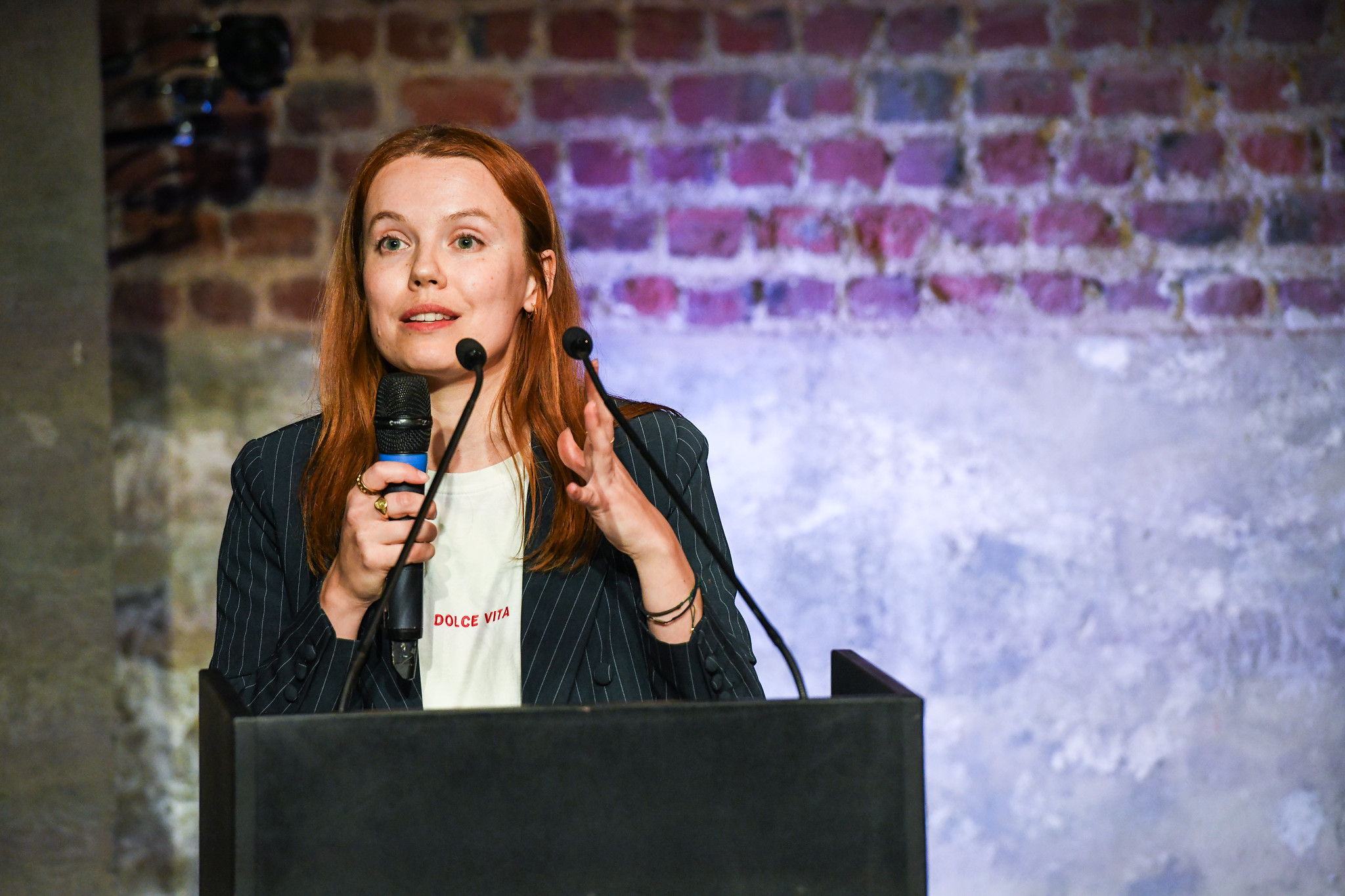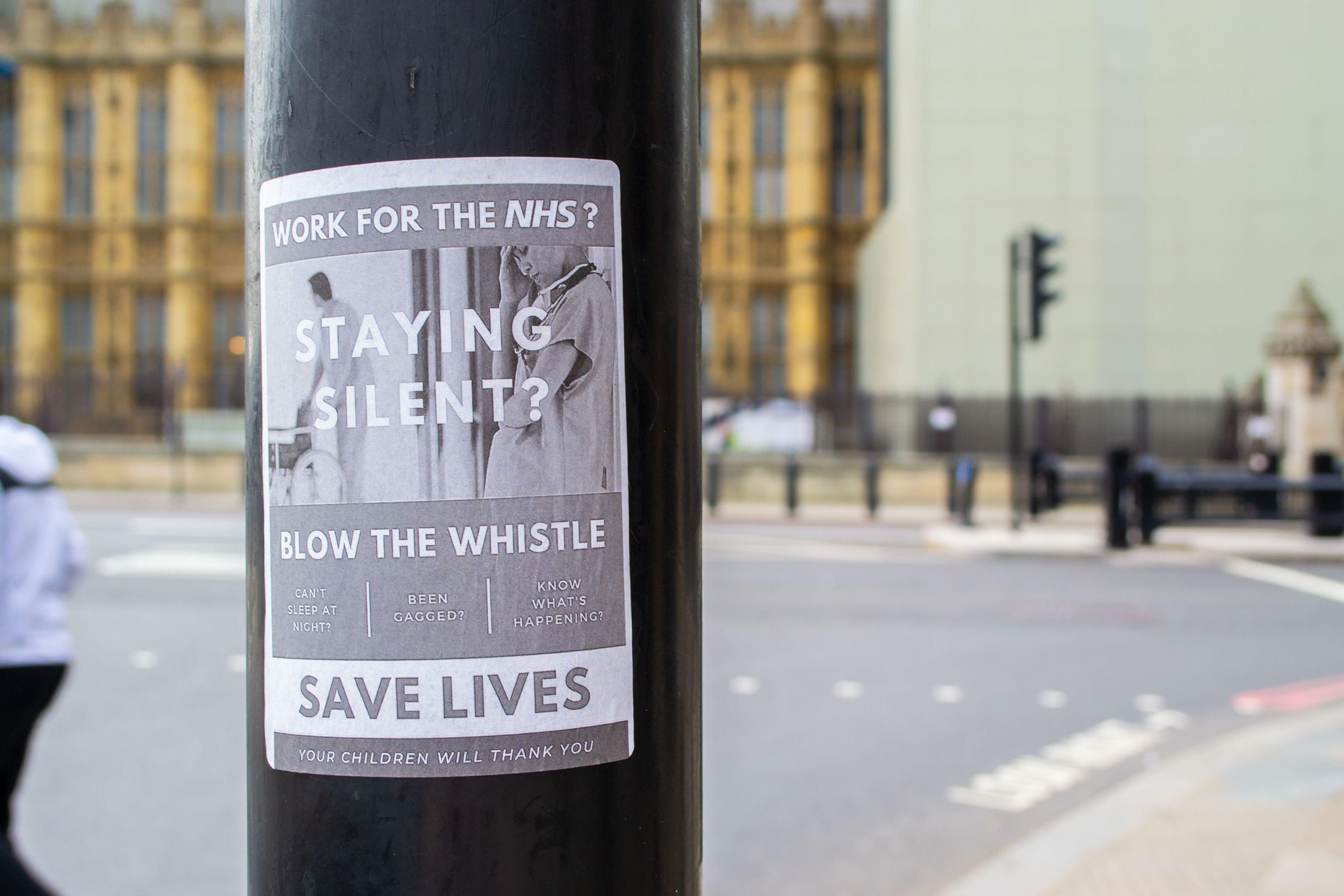
(Photo: Shutterstock)
At the University of Bristol the stagnating number of female academics in multiple degree subjects has become an increasingly important and concerning issue. Over 65.4% of Bristol students, according to my March 2014 survey, perceived a noticeable imbalance of female to male lecturers. I agree. My research led me towards an obvious concern for Bristol students: gender inequality of academia in all subjects.
With The Independent reporting that 63.9% of female undergraduates are leaving universities with “good” degrees, a lack of visibility of female academics at the University of Bristol — especially in the more scientific faculties — is in stark contrast to the number of undergraduates in the same subjects. More and more articles are appearing asking “Where are the men?” seeking to discover why the gender gap of undergraduates is weighted in women’s favour, but few have even commented on the fact that women are still struggling for visibility as academics. Women are avoiding the academic world and important questions must be asked about whether this is evidence of institutional laziness on the part of universities.
A recent Commons Report titled “Women in Scientific Careers” (focussing solely on the topic of academia) found the gender diversity – or lack of it – in senior academic positions in STEM (Science, Technology, Engineering and Mathematics) “astonishing”. This conclusion of surprise is certainly supported by the Bristol experience: only 19% female Biology academics and fewer than 7% female Chemistry academics. Science students are beginning to question the gender gap at an academic level and why in 2014 it still remains an issue for women to break into STEM academia. One biology student commented: “I’m in my second term of University and I’ve yet to be taught by a woman. Representation is important and it’s worrying that female undergraduates might be less inclined to pursue an academic career.”
Universities are attempting to improve the imbalance in STEM departments with processes such as the Athena Swan awards. However, the School of Chemistry at Bristol holds a Bronze award for “promoting gender equality” despite having fewer than ten female academics in one of the largest departments at Bristol. The bar seems quite low. This doesn’t mean there isn’t a tangible appetite to tackle inequality in academia head on, it just seems that there has been little visible progression, simply supplementary reports and promises to improve.
Many female academics such as Athene Donald, professor of experimental physics at the University of Cambridge, have expressed disappointment with the Commons Report mostly due to it appearing to provide nothing more than “superficial recommendations”. I agree with Donald when she suggests more “drastic action” to tackle the current gender norms in university departments, without a vocal and aggressive protest calling for more inclusive hiring strategies. “There is a long, long way to go but all parts of the system need to be addressed if we are going to get past the stage of mere astonishment,” Donald wrote in February. We need to involve all levels of education; if women aren’t being encouraged equally at all stages of schooling then fixing the top level of academia will do little to fix the imbalance.
Personally, it’s been my experience with the history department at Bristol that has sparked this article. Why in a subject such as history with an equal amount of male and female undergraduates are there only 29% female academic staff? Having so few women lecturers in history when both genders are so equally matched at undergraduate level causes students to wonder if the higher jobs remain a boys’ club even in 2014.
Lynne H. Walling, head of pure mathematics at University of Bristol, has experienced more than her fair of sexism on her route to the top of her profession. Maths stereotypically has always been seen as a masculine pursuit and women have often been excluded or stymied in their interest. “More and more women do math, but we can hardly find female mathematicians who keep on researching the field.” She commented in interview with Somin Kim: “Only a few speakers at academic conferences are women, and sometimes none. Women feel that they don’t fit in the mathematical society and this is the hardship to continue their research.” Representation has always been a core issue. Without at least an approximation of gender equality among lecturers, female students are less like to dream to achieve. There isn’t an absence of female curiosity or intellect, there’s a lack of a platform.
But does a mismatch between women students and male lecturers actually impact free expression? At an undergraduate level the gender of their tutor seems to greatly impact female students. It becomes an issue of their future career as many women are told by those in academia that their gender is a weakness in the fight for research funding. No wonder women are half as likely to choose academia as a preferred career than men. Penelope Lockwood investigated whether the gender of career role models affected university students and she conclusively proved that women are more greatly motivated when inspired by the women in their chosen career, not the men. This is because the female students understood that their role model had surmounted and survived gender-specific challenges that they anticipate combatting in the future. They decisively empathise better with a female tutor.
Without an equal amount of female lecturers and tutors, female students are hindered in their progression through academic ladder. We need female lecturers teaching at an undergraduate level on an equal basis with men otherwise young women will continue to find the idea of achieving equal academic freedom with men in their subject simply unachievable. It’s a cyclical system: a minority of women teach, a minority of women become academics. Freedom of expression in academia involves an equal standing at all levels, and if we’re teaching equality at undergraduate level we need to clear the career path of gender obstacles for women from the grassroots up.
It’s obviously a more complex topic than can be covered in my brief assessment but the debate needs to be breached, universities need to answer questions about their hiring process and work together to close any forms of gender imbalance that still exist in higher education – including the wage gap. The statistics referred to above appear to support the conclusion that women are still experiencing sexism, especially when applying for jobs in STEM departments.
Universities would be well advised to address the issue swiftly so that the gender balance of academic, at the very least, reflects the gender balance of their undergraduates. Research support gender equality, so why aren’t universities?
This article was posted on 15 April 2014 at indexoncensorship.org




